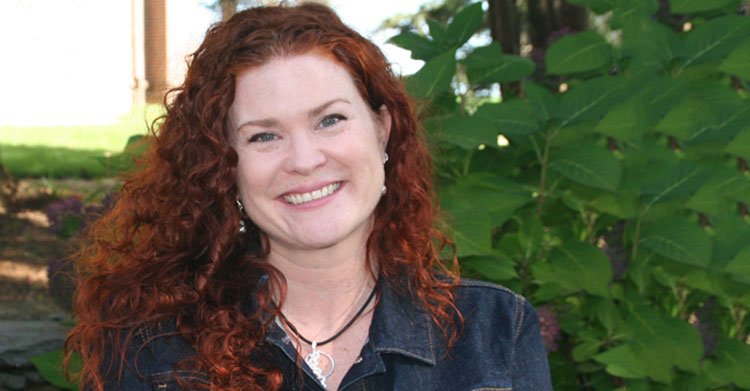Morphing Genomes Can Harm and Help

Imagine reading a blueprint that’s 3.2 billion pages long.
That’s how many strands of DNA make up the human genome, the set of instructions that makes each of us who we are. Geneticists like UConn Professor Rachel O’Neill of the Department of Molecular & Cell Biology are deciphering that expansive blueprint to help us better understand the building blocks of life.
“We now know the order and structure of between 80 to 90 percent of the human genome,” O’Neill said. “Today, the field of genomics and the accompanying technology that’s been developed has expanded to examining how DNA interacts within a single cell and how different genes are active in different tissues and even single cells across complex tissues, such as the brain.”
O’Neill noted that genomes can morph—which presents the next challenges in genomic research. She focuses her research on understanding this instability: why in some cases it’s detrimental, such as with cancer, or how, in other cases, it provides opportunities for new species to evolve or adapt to their environment.
“The focus of this effort is on the DNA in our genome that is considered ‘selfish’ and recently evolved. Retroviruses are an example of that kind of DNA that our genomes all have,” O’Neill said. “More specifically, I work on trying to understand why our genomes remain stable most of the time, while every so often a genome can fall into relative chaos or instability.”
While most of us don’t think about our genome every day, this type of research can have a significant impact on our lives.
“It is tightly tied to our perception of ourselves in so many respects,” O’Neill said. “For example, when we go into a doctor’s office and fill in the family history form, we are providing some genetic information that will guide the diagnosis and treatment of patients. Another relevance is that genomic information is a future diary in some respects as to what may happen to us as we age. Because of this, genetic information has to be handled very differently than other medical tests. For example, a cholesterol screening says something about your metabolism; but it can be altered with diet and exercise, so it’s not a permanent record.”
O’Neill oversees UConn’s Center for Genome Innovation, which supports faculty and student research with state-of-the-art technology, technical support, and grant project assistance. Additionally, the Center supports more than 100 labs across UConn Health and the Storrs and Avery Point campuses, so O’Neill stays busy researching and mentoring students.
“One of my recent memorable moments is when a student came running into my office having experienced the same discovery excitement I had as a grad student, this time on her own research,” she said. “She found that the retrovirus we were working on was a primary component of the chromosome we were studying. That was a gold moment!”
As she continues her work on the human genome, one of her priorities as a scientist is to relate her research back to the public.
“One of my goals is to promote the idea that the study of genetics is important,” O’Neill said. “Understanding genomes can tell us so much about ourselves and our world. The study of genomics is increasingly intersecting with individuals at the most personal level, with a potential to shape the future of healthcare.”
Take a tour of the Center for Genome Innovation: cgi.uconn.edu.
